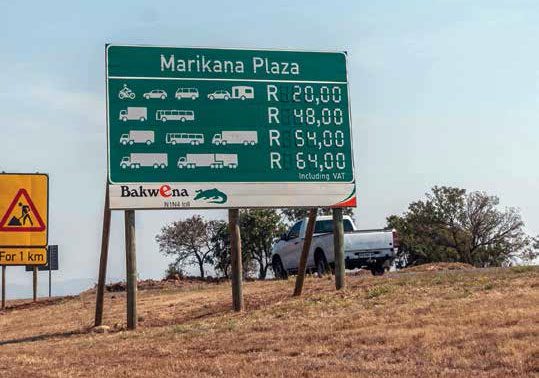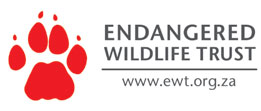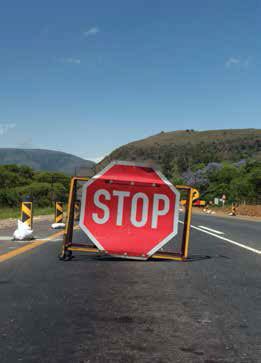
It asked road users to add their sightings to help find crucial information about the status of our wildlife. EWT Wildlife and Roads Project Executant Wendy Collinson said: “If we know more about where particular species are being killed on our roads, we can put plans in place to lessen this impact.”
Roadkill data can be emailed to roads@ewt.org.za or submitted via EWT’s Road Watch app. Visit the iTunes or Play store to download this app. Further details can be found on www.ewt.org.za.
When reporting roadkill, the following information should be provided:
• Location of roadkill (GPS coordinates)
• Identification of species (as best as possible)
• Date and time it was seen
Notes on the habitat type at the particular section of the route where the roadkill was located (riverine, grassland, rocky, wetland, etc) would also be useful. Good identification photos (particularly if the carcass is squashed) require a little bit of attention. Only stop and take a photo if it is safe to do so, then try to record the following: Birds: Tail and wing feathers; beak and feet (if the whole bird is no longer there) and eye Reptiles: Scales; head shape; foot shape (if applicable)
Amphibians: Foot shape (webbed); presence of warts; colouration around head and eye Mammals: Fur/hair colour; body size; tooth type (carnivore or herbivore).



The upgrade and rehabilitation of
certain sections of the N4 Toll Route
are progressing well and Trans
African Concessions (TRAC) is confident
that the road works being undertaken will
further cement this cross-border route as
one of the best highways in Africa.
Expansion and rehabilitation work
between the Highveld and OR Tambo
Interchanges began in April 2017 and
comprises the expansion of this section
into a six-lane carriageway. Roadworks
for this R290m project are being done in
the median, between km19 and km31,
and will also include the widening of eight
bridges, pavement rehabilitation and
ancillary works such as guardrails and
drainage upgrades.
Another section of the TRAC N4 toll road
under construction is the section between
Malaga Hotel and Montrose intersection
in Elands Valley. This project, which also
started in April, will see 5km of passing
lanes added and extensive rehabilitation
work being done to 23km of pavement.
Due to the topography of the section,
permanent stop-and-gos are in place. The
average stoppage time at each stop-andgo
is approximately 30 minutes.
TRAC’s extensive upgrades on the
Mozambican side of the N4 Toll Route are
also ongoing. The scope of work between Ressano Garcia and Moamba
includes the rehabilitation of the road
and six bridges, including the Moamba
Interchange. Two permanent stopand-
gos are currently in effect and
delays of approximately 15 minutes
can be expected.
The upgrade of the N4 in
Maputo includes comprehensive
roadworks between the Shoprite
Centre Intersection in Matola and
the 16 of June Circle in Maputo. It
further includes the construction of
two additional lanes (one in each
direction), which in turn will result in a
six-lane carriageway in this section.